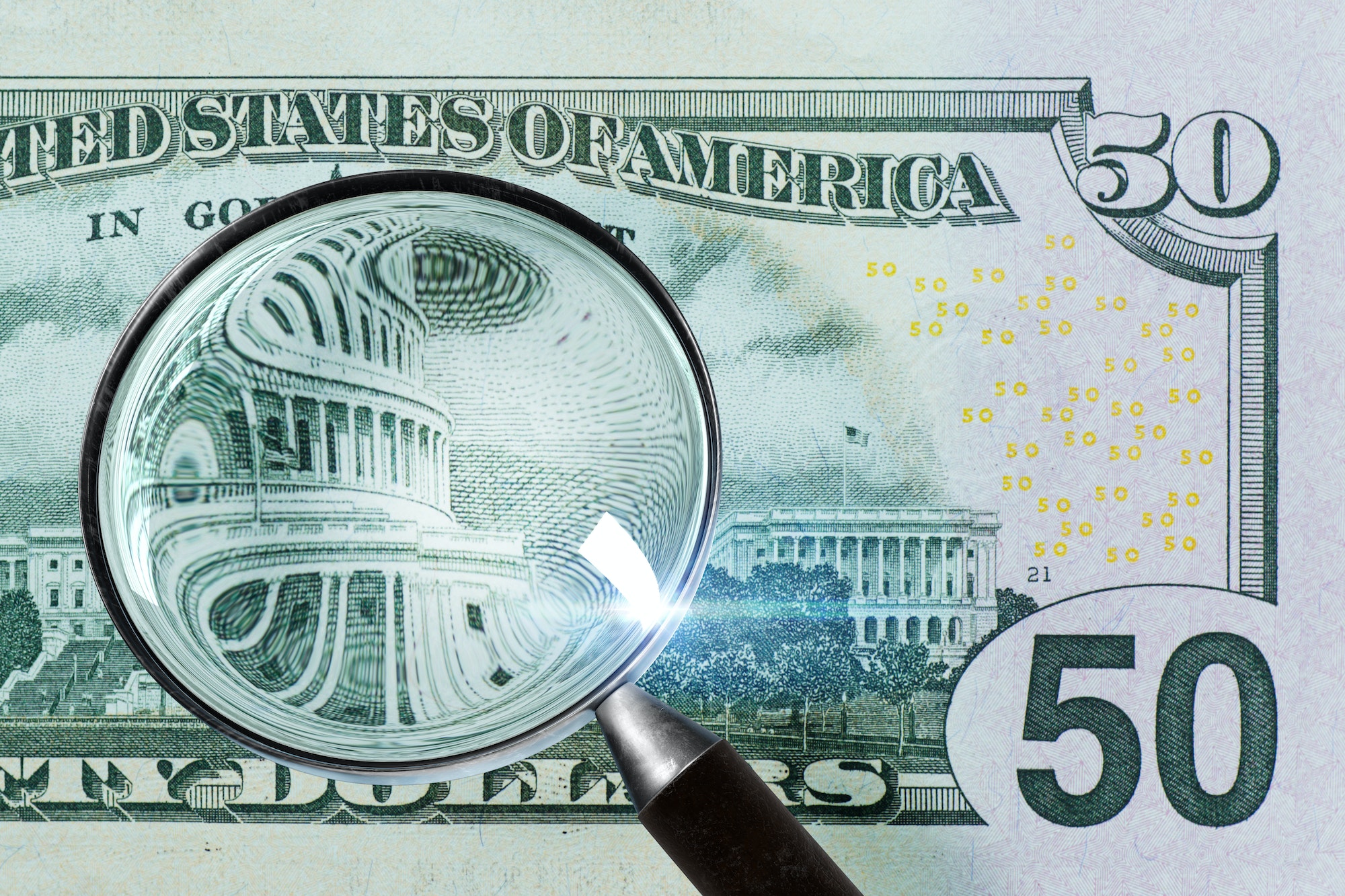
Dealing with counterfeiting
In its 2020 report, the French Directorate General of Customs announced an increase of over 20% in counterfeit seizures in France. As a result, the government has stepped up the fight against counterfeiting by launching a customs plan, making it a priority[i]. Economic players must therefore always be attentive and know how to react quickly in the event of an infringement of their intellectual property rights.
AGN Avocats takes a closer look at actions for counterfeiting and their main features.
What is counterfeiting?
Counterfeiting is defined as the infringement of an intellectual property right. Whether it’s a copyright, a trademark, a design or a patent, failure to respect the rights of the owner constitutes infringement.
However, this infringement varies according to the rights concerned. In the case of copyright, for example, infringement results from the simple communication of a work to the public without the author’s authorization, or from its reproduction, i.e. its copying onto any medium without such authorization. It should be noted that copyright has a very broad scope of application, since it applies to both art and applied art, and exists from the moment the work is created, without the need to register a title with an office. In the case of trademarks, it is mainly the reuse of the trademark for identical products and services in the course of business, and the risk of confusion between the trademark and the infringing sign, that will be punished. In the case of patents, the manufacture of products or the use of patented processes will be punished within the limits of the claims set out in the patent.
How to prove counterfeiting?
Counterfeiting can be proven by any means, i.e. by any evidence obtained fairly. Purchasing infringing goods, browsing an Internet site, using software, etc., are all ways of proving infringement. However, it is advisable to have these various uses recorded by a bailiff, who will carry out a purchase report or an Internet report in accordance with the specific requirements for each type of evidence. For example, computer-related statements of facts are subject to very strict requirements to ensure their admissibility in court.
If access to the evidence is not possible without intrusive measures, as is the case, for example, for establishing the manufacture of a product in the factory of the potential infringer, it is advisable to proceed with a saisie-contrefaçon (infringement seizure), which is initiated by filing a request with the competent court through a lawyer before any trial or during the course of ongoing proceedings.
When to bring an infringement action?
The civil infringement action has been simplified since the Loi PACTE (LOI n° 2019-486 du 22 mai 2019 relative à la croissance et la transformation des entreprises) as it standardized and extended the limitation periods for counterfeiting. From now on, civil action for infringement will be barred after 5 years from the day when the intellectual property right holder knew or should have known of the last counterfeiting event. Thus, if an intellectual property rights holder only became aware of an infringement of his or her rights after a certain period of time, he or she may consider that the 5-year time limit only runs from the moment when he or she became aware of the infringement, and not from the day when the infringement began. In criminal cases, civil action is time-barred after 6 years, since counterfeiting constitutes an offence.
How to bring an infringement action?
An action for infringement must be brought by summons before a court of law. Due to the specific nature of counterfeiting, only certain courts have jurisdiction, including Paris, Bordeaux and Lille. In particular, the summons must detail the intellectual property rights invoked and the claims made by the holder of these rights, including claims for damages.
How to obtain damages?
Infringement proceedings can be used to obtain various sanctions, including the cessation of infringing production or use. In addition, you can ask the judge to award damages to compensate the owner of the intellectual property rights for the loss suffered. To obtain damages, the right-holder must demonstrate extra-patrimonial or patrimonial damage, such as damage to his or her image or loss of earnings, which will be calculated on the basis of the margin achieved by the counterfeiter on sales of infringing objects. These elements must be proven and precisely quantified, failing which the claim for compensation will be rejected, regardless of whether the infringement is recognized.
Our lawyers are at your disposal to answer all your questions and advise you. Our meetings can be held face-to-face or by videoconference. You can make an appointment directly online at www.agn-avocats.com.
AGN AVOCATS – Intellectual property and digital law department
09 72 34 24 72
[i] https://www.vie-publique.fr/en-bref/278681-la-france-deuxieme-pays-le-plus-touche-par-la-contrefacon






